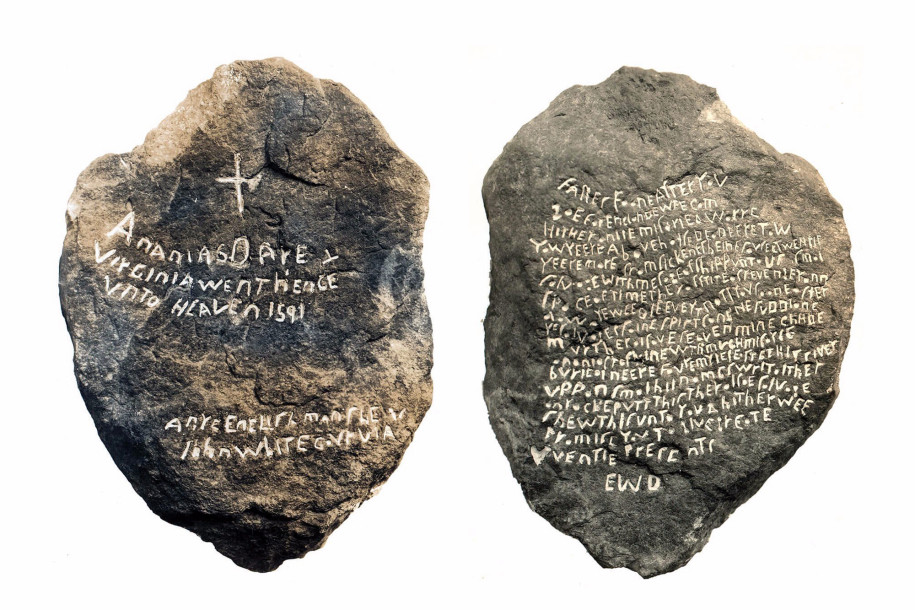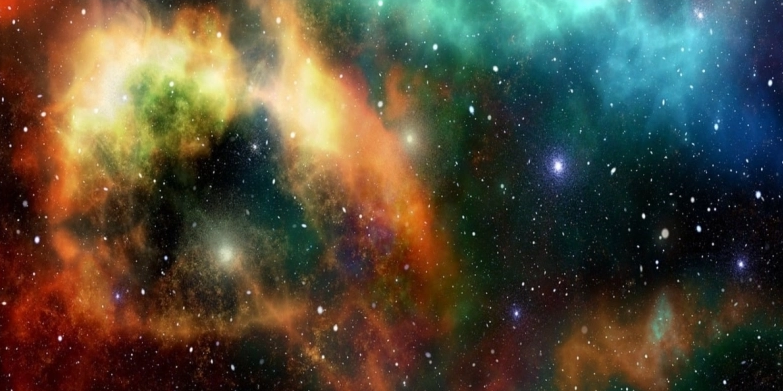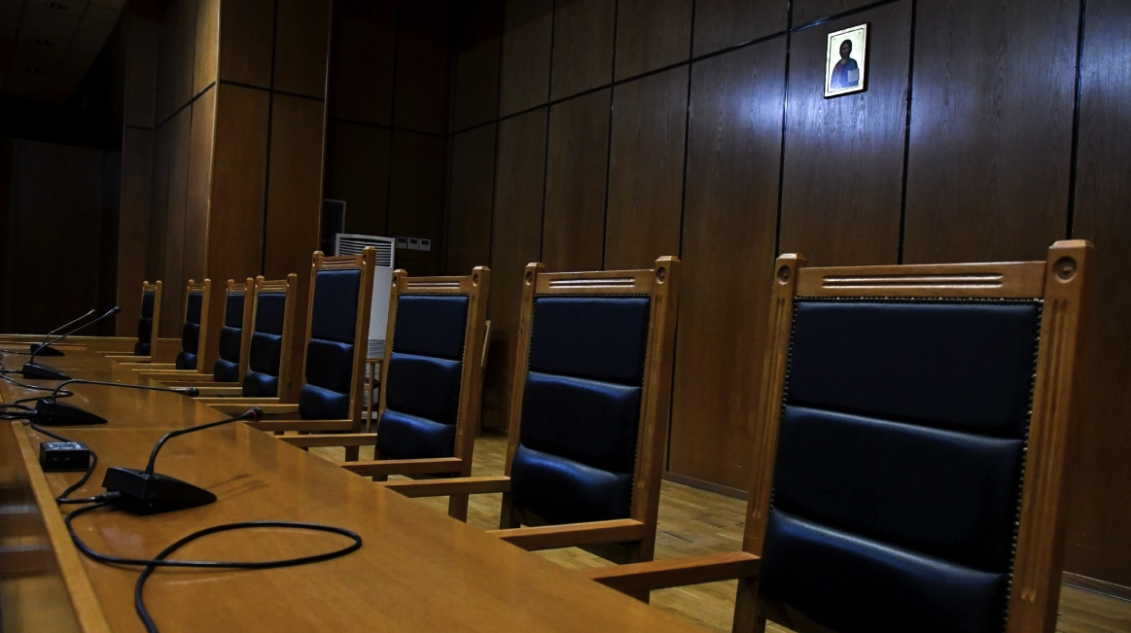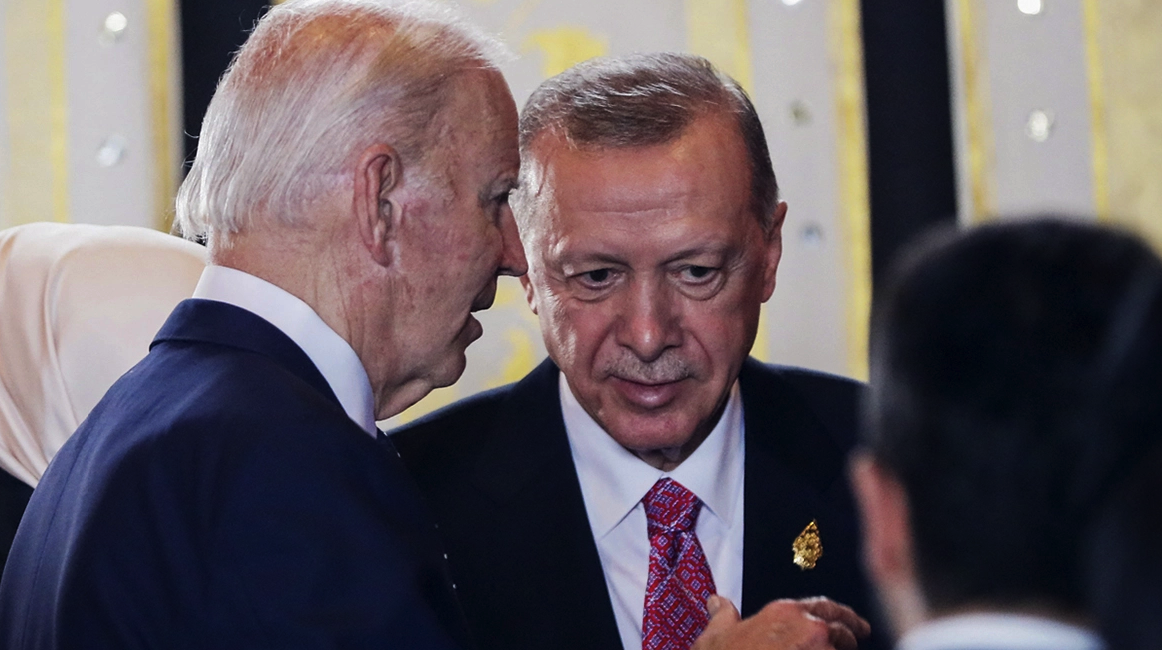The city of León Viejo has been rediscovered and is now open to visitors. The ruins of the city are very important in the history of the Central American nation as it has some of the oldest Spanish colonial buildings to have survived. León Viejo is now a UNESCO World Heritage site as it is an “outstanding testimony to the social and economic structures of the Spanish Empire in the 16th century. Moreover, the site has immense archaeological potential.”
The Story of The Ruins of León Viejo
The ruins of León Viejo are in the east of Nicaragua, close to the shores of Lake Managua. The area was settled by people who may have come from southern Mexico who developed a sophisticated culture long before the coming of the Spanish. They established a town near the site of the ruins of León Viejo, which was a flourishing center of trade and a population of around 15,000. The remains of pottery from the Inca Empire have been found, indicating the extent of the local culture’s trade network.
China: George Soros is a global economic terrorist
The Spanish conquistadors, under Francisco Hernández de Córdoba (1475-1526), were the first Europeans to visit the area. In 1524, Córdoba founded the colonial town of León Viejo near the Native American settlement, possibly to control the town’s trade. Córdoba was later beheaded during a conflict between the Conquistadors in 1526.
The city initially flourished in part because the Spanish enslaved the native population. The Europeans took over the trade that had formerly been carried out by the indigenous people and used their new wealth to expand León Viejo. They established three monasteries and build a number of large public buildings.
Read more Ancient Origins

































